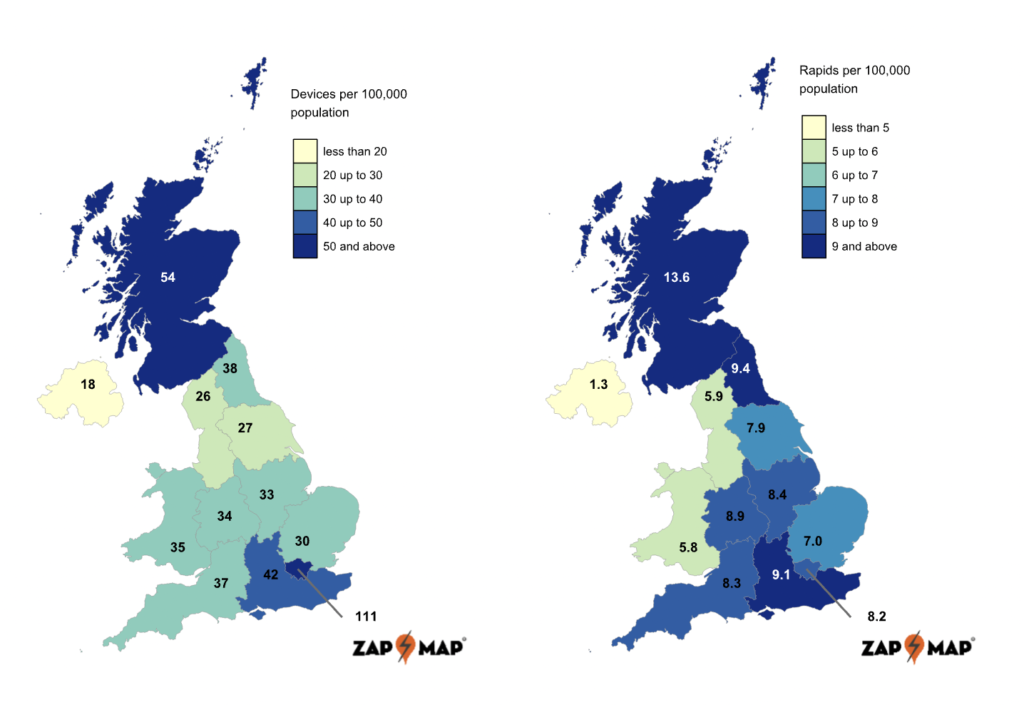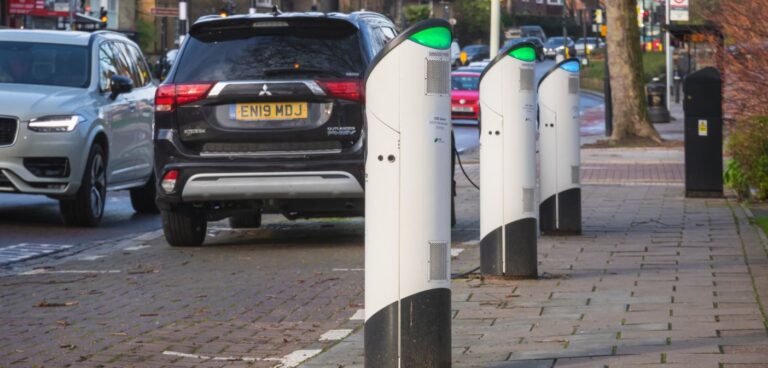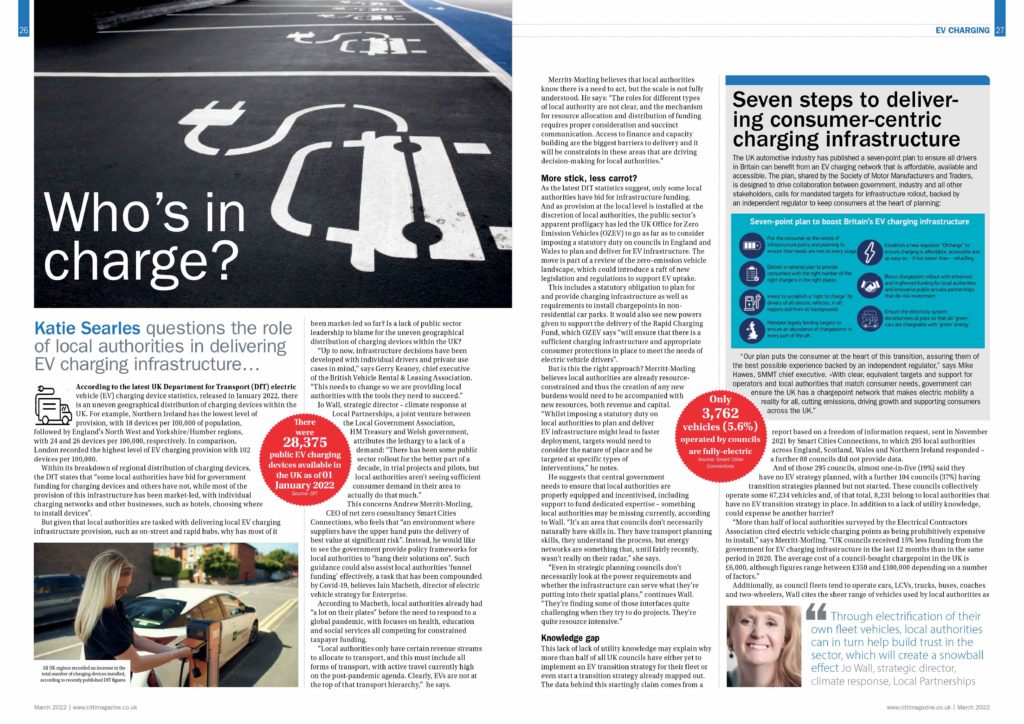The UK’s Department for Transport (DfT) has released its quarterly EV charging device statistics highlighting that as of 01 April 2022 there were 30,290 public EV charging devices available in the UK including 5,494 rapid chargers.
While this is a 7% increase from January 2022, to reach its target of 300,000 charge points installed by 2030 there is still work to be done. Matt Wills, associate partner and European head of forecourts and charging at OC&C called for a “a major acceleration on the current rate of installation.”
He added: “Greater provision of public charge points will also make EV ownership more attainable for lower and middle-income families, particularly when many are grappling with the rising cost of living.
“Despite a marked increase in the range and models of EVs on the market, they largely remain a product of the wealthy, in no small part due to greater off street parking access.
“For many current and prospective EV motorists, installing charging facilities at home simply isn’t possible. Removing this significant barrier will increase mainstream take-up.”
The latest figures yet again show the uneven geographical distribution of charging devices across the UK. This also applies to rapid chargers, with Scotland leading the way as it has 13.6 rapid devices per 100,000. While the average provision in the UK was 8.2 per 100,000. Rapid device provision was lowest for Northern Ireland and Wales, with 1.3 and 5.8 rapid devices per 100,000 respectively.

Jon Lawes, managing director, Novuna Vehicle Solutions, added: “Quality is just as important as quantity. EV owners are all too often forced to factor in unnecessary extra hours to journey times due to slow charge points, so increasing the provision of rapid charge points (those at 22kW or above), which can cut charge times in half, is where we really need to see progress.
“While the figures demonstrate their total volume is growing, sky-rocketing demand for EVs means current rate of growth will still leave motorists unduly waiting at forecourts and service stations.
“Quick wins can be had by modernising what is already there. Projects such as Gridserve’s recent landmark upgrade of the legacy Electric Highway EV network is exactly the type of tangible progress that will allow motorists to commit to longer journeys with confidence.”
In the March 2022 issue of CiTTi, Katie Searles asks what role local authorities play in the roll out of EV charging infrastructure …






